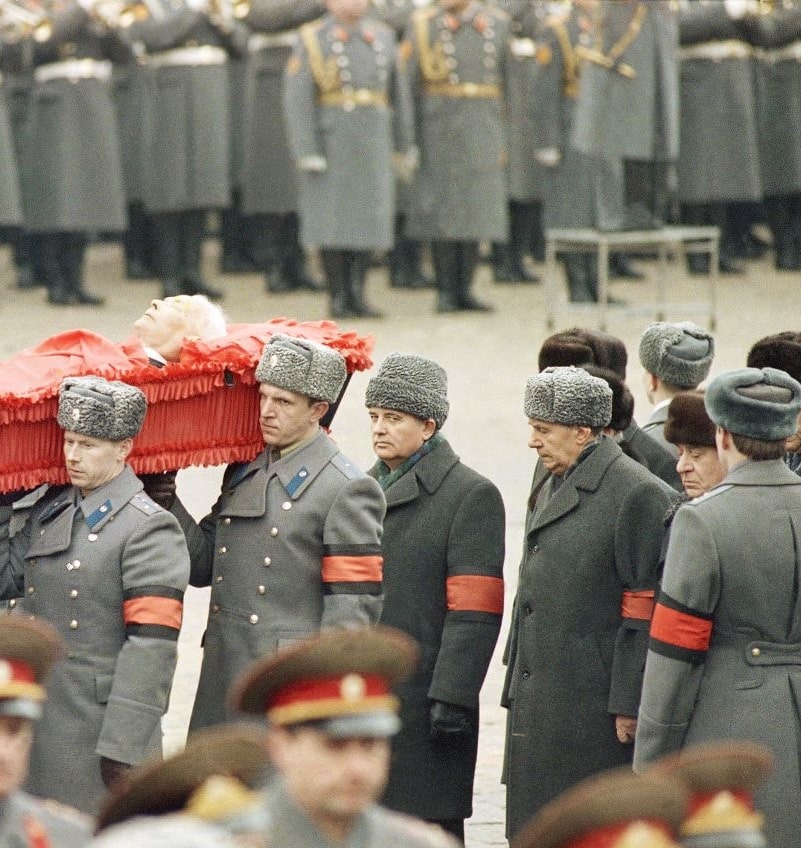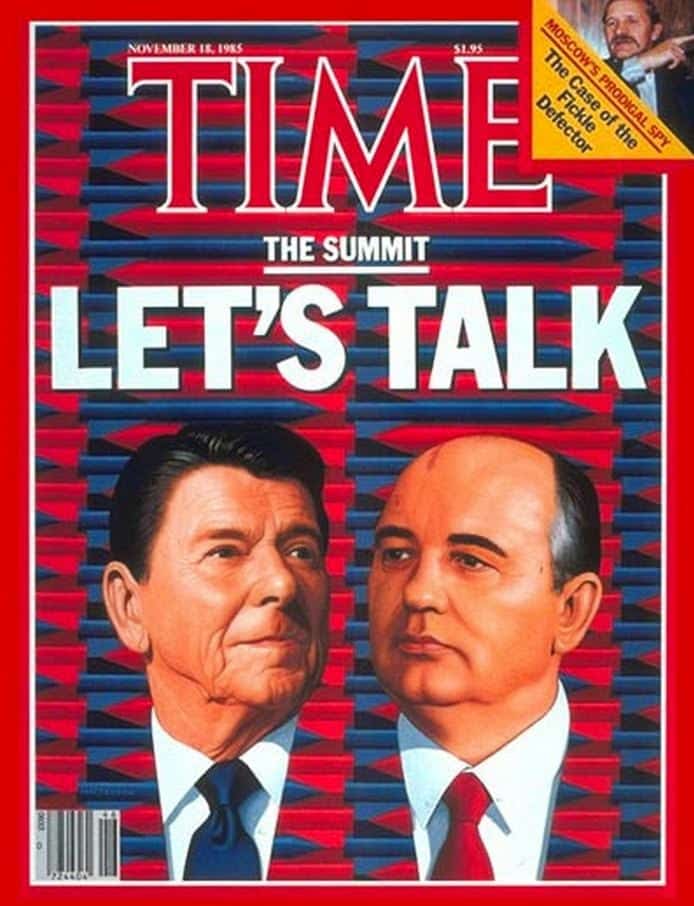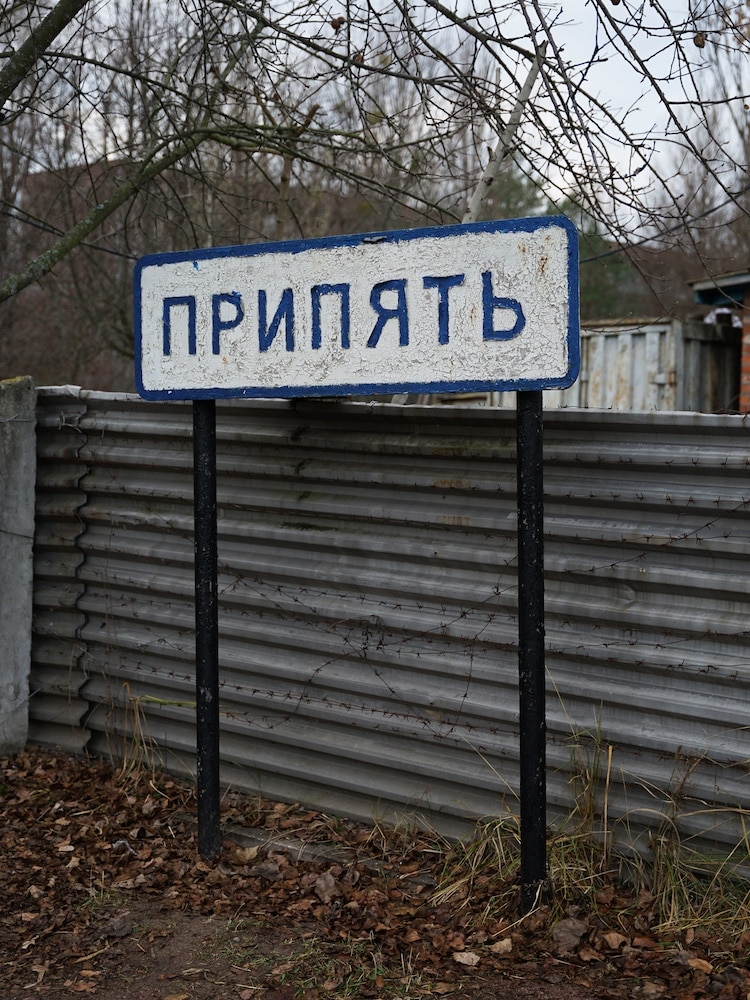 While the action in Tumult in Mecca primarily took place in Denmark, Indonesia and Saudi Arabia and culminated in the religious uprising in the holy city in November 1979, the sequel is set in the USA and USSR. Again, the narrative is wrapped in the grand sweep of history where baby boomer Henrik Bertelsen, due to his curiosity and appetite for adventure, lands in the eye of the storm.
While the action in Tumult in Mecca primarily took place in Denmark, Indonesia and Saudi Arabia and culminated in the religious uprising in the holy city in November 1979, the sequel is set in the USA and USSR. Again, the narrative is wrapped in the grand sweep of history where baby boomer Henrik Bertelsen, due to his curiosity and appetite for adventure, lands in the eye of the storm.
The Hot and Cold Wars
The combination of Stalin’s policies, the Truman Doctrine in 1947, and the establishment of NATO in 1949 started the Cold War. The USSR had an ambition to actively spread their version of communism to the rest of the world, while the USA and its allies, including Denmark, aimed to prevent it. The latter preferred to spread democracy, human rights, and free markets to all.
The Cold War and the parallel arms race were resource-intensive, with the constant looming risk of a devastating nuclear war. The proxy wars fought by the two blocs, primarily in Korea, Vietnam, and Afghanistan, could not be won, and quickly became unpopular at home, leading to obvious human tragedies on both sides.
The Russians Lose the Technology Race
With the development of mainframes in the 1960s, the spread of minicomputers in the 1970s, and the success of the IBM-compatible PC in the 1980s, an IT revolution began in the West that, within 20 years, spread to all parts of society.
But not in the Soviet Union, where a planned economy, bureaucracy, and production problems hampered innovation and dissemination. Furthermore, the quality of the telephone system prevented it from being used for data communication.
As part of the Cold War, the Americans imposed restrictions on the technologies that Western companies could sell to the Russians. Despite leading the space race until the late 1960s and gaining a leading position on intercontinental missiles, the USSR could not keep up with technological development in the West. Nor did they succeed in the general introduction of new technology into the economy. The difficulty was not caused by lack of knowledge to develop, but by the failing attempts to achieve quality in volume production. The Russian leaders believed it was the opposite and decided in the mid-1960s to stop their research and development efforts and instead bet on the theft and copying of Western technology.
From 1965 to 1985, the Russians tried to establish and maintain a pirate production of CDC- and IBM-compatible mainframes. In 1976, they stole one of the first Cray supercomputers that was en route to the French weather service. In the early 1980s, they tried to smuggle a VAX superminicomputer in via South Africa. While some theft attempts succeeded and others did not, the Russians could not achieve sufficient quality and quantity in the production of the pirated copies. Furthermore, copying took time, and they fell further and further behind.
Around 1982, the CIA became aware of the massive KGB activities involving around 2,000 agents targeted at stealing Western technology to catch up and simultaneously save costs on their own research and development. In response, the Americans launched a program that tricked the Russians into stealing information that had built-in errors. The result was that the products developed and put into production based on the stolen information did not work or even exploded. Over time, the technological gap between the two blocs grew ever larger.
The Soviet Union Is on Its Knees
 By the early 1980s, the Soviet Union was not doing well. The military consumed almost a quarter of the economy, and growth had come to a halt. US President Ronald Reagan (1981-89) was convinced that he could drive the communist economy into the ground. On one hand, he could force them to increase their already extremely high military spending through the arms race, and on the other hand, he could prevent them from accessing modern technology through import restrictions. If successful, the USSR would have to give up its ambition to spread communism to the rest of the world.
By the early 1980s, the Soviet Union was not doing well. The military consumed almost a quarter of the economy, and growth had come to a halt. US President Ronald Reagan (1981-89) was convinced that he could drive the communist economy into the ground. On one hand, he could force them to increase their already extremely high military spending through the arms race, and on the other hand, he could prevent them from accessing modern technology through import restrictions. If successful, the USSR would have to give up its ambition to spread communism to the rest of the world.
The Eastern European vassal states, which had tried to break free from Moscow on several occasions, were revived with the Polish Solidarity initiative in 1980. An alliance between Reagan and the new Polish Pope John Paul II (1979-2005) garnered support among the Polish population for the changes, and Moscow now hesitated to intervene militarily.
Voice of America and Radio Free Europe received higher budgets in the 1980s and increased their playing of pop and rock ‘n’ roll, which became mega-popular behind the Iron Curtain. The authorities’ attempts to combat the spread of Western culture only painted a clearer domestic picture of meaningless, oppressive, and inhumane regimes.
The Americans’ massive support of the mujahideen in Afghanistan contributed to making the Russians’ efforts and presence there difficult and extremely resource-intensive. At the same time, the soldiers struggled to understand what they were actually fighting for.
The Turning Point

In March 1985, the Politburo recommended Mikhail Gorbachev as the successor to Konstantin Chernenko, who died after only a year in office. By then, the Soviet Union was visibly falling apart.
The combination of:
- A top-down economic system that stifled initiative and innovation and thus could not produce growth, quality, or the goods and services that consumers demanded (and which the West offered in abundance)
- A heavy and corrupt bureaucracy that was expensive in itself, undermined citizens’ trust in each other, and together with a political system that suppressed free speech and punished critical voices, obscured problems for decision-makers
- A system based on a political philosophy with principles and promises that were now far from reality
- A world-political ambition that took an enormous amount of resources to maintain
- An expensive and failed war in Afghanistan
- Plummeting energy prices
led to the entire Eastern bloc coming to a standstill and failing to deliver on any of its ambitions.
In the same period, 1918-1985, the West, with capitalism and liberal democracies, produced societies far better equipped to ensure widespread prosperity and welfare. Despite periods of crises, unemployment, and increasing inequality, market-based democracies resting on private property rights, secular humanism, and respect for human rights proved superior to the Soviet model.
Gorbachev was aware that something needed to be done, and his starting point was that the system could be repaired and that the principles of a socialist society with a planned economy could be made to work. Initially, through more openness and transparency (glasnost). In the longer term, he needed to end the Cold War. There had to be détente so that he could reduce military spending. He also needed access to Western technology. Without it, he could not modernize the economy. The strategy of stealing and copying did not work. There was a need for perestroika – restructuring.
Détente

Unlike his predecessors, Gorbachev, likely forced by circumstances but also on a principled level, did not have the ambition that the Soviet societal model should be spread globally. Nor did he find that socialist regimes elsewhere in the world should be financially supported, or believe that the USA and the West in general posed a military threat to his country and union.
Then US-president Ronald Reagan launched The Strategic Defence Initiative (SDI, also known as the Star Wars program) in March 1983, which was supposed to provide the USA with total protection against a nuclear attack. With SDI implemented, the USSR would lose its most important military-strategic weapon (the threat of using nuclear weapons) while the USA would retain their lead in all other areas. The Russians did not have the resources to develop a similar defence system, and were also not convinced that it solely had a defensive purpose. Stopping the realisation of SDI became a top Soviet priority.
At Chernenko’s funeral in March 1985, Gorbachev (just days after he was appointed by the Politburo) met with Vice President George W. Bush and Secretary of State George Schultz. (It was immediately following this meeting that Henrik Bertelsen came into the picture.)
In November 1985, Gorbachev and Reagan met in Geneva. The meeting went well, and the partners agreed to start a disarmament process on nuclear weapons. But could they fully trust each other, and would their successors be loyal to the agreements?
On January 15, 1986, Gorbachev unveiled a plan for the elimination of nuclear weapons by the end of the 20th century, with a 50% reduction within the first 5 to 8 years. With this, he met a request from Ronald Reagan.
Chernobyl

When Gorbachev became involved in the crisis surrounding the meltdown of the reactor at Chernobyl on April 25, 1986, it became clear to him just how rotten the Soviet system had become. He realised that the reforms had to be even more extensive, and needed to be carried out faster than he had originally envisioned. But what should they look like, would the power apparatus cooperate, and could it succeed in creating humane and well-functioning socialism? He believed so.
While Gorbachev was successful breaking with the principles of a community model that didn’t work, he failed at replacing it with something that did. By the end of the 1980s, he realised that saving the Soviet Union required the introduction of a market economy. Making the transition was unmapped territory and many mistakes were made. He continuously pleaded for financial help from the west to complete restructuring the economy and introduce market principles and private ownership, but only received encouraging words in return.
Reagan’s strategy succeeded, but he did not have a plan for what should happen next. When you bring a society to its knees, shouldn’t you have a plan to help it get back on its feet? Is it not a bit risky to leave 300 million people to their own fate and expect that, without democratic institutions and traditions, they will create a peaceful and just regime? Neither Ronald Reagan nor his successor George H. W. Bush understood what was going on and offered to help, and perhaps we are experiencing the consequences of that today?
